Watch Facts
Quiz: WatchProfessor X GSOC Quiz 2 (Vintage)
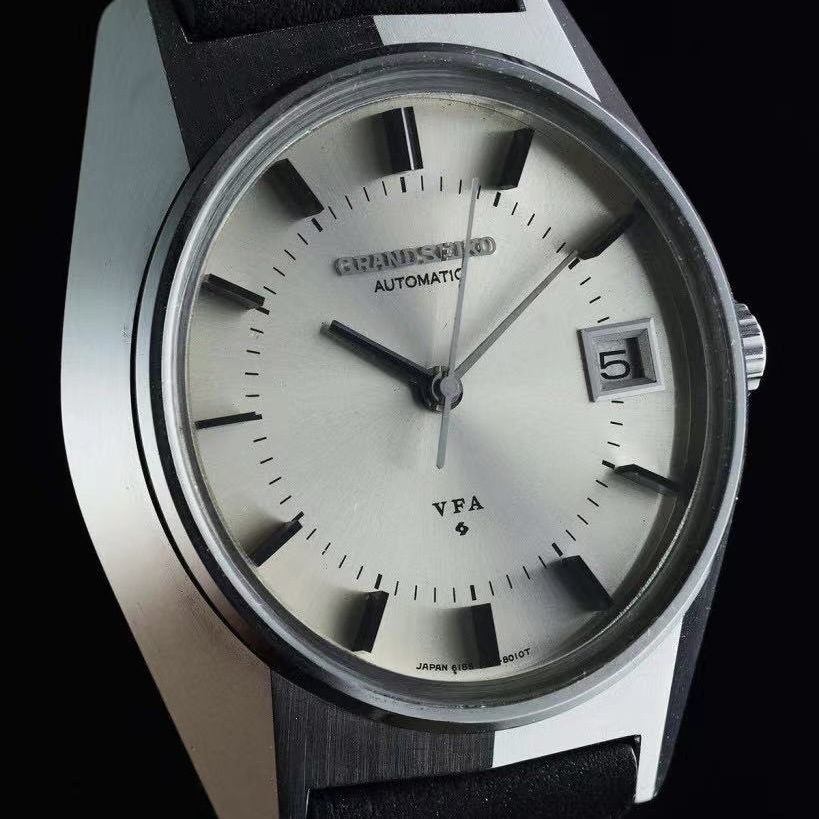
The Grand Seiko “Very Fine Adjusted” standard was first introduced in 1969, achieving a mean daily rate of ±2sec per day. These V.F.A. watches were also guaranteed to be accurate to within one minute per month for the first two years of ownership.
Photo : TheGrandSeikoGuy
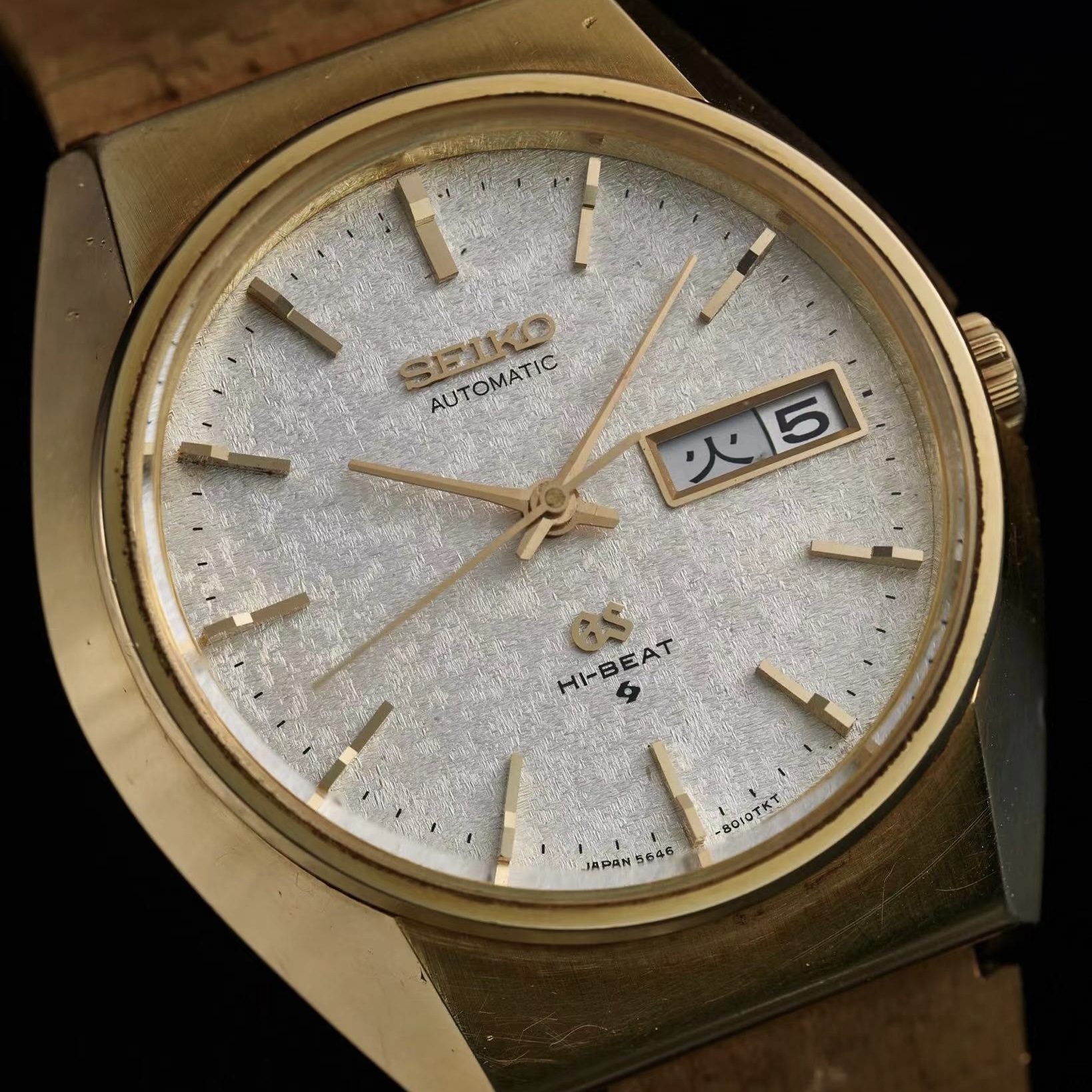
Grand Seiko stopped production of its mechanical caliber line up in 1975, and ceased sales in 1976. The 564x-8000 models were a hark back to its “Grammar of Design” roots.
Photo : TheGrandSeikoGuy
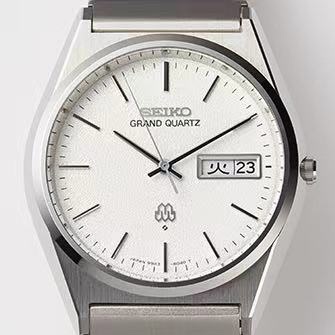
The first Grand Quartz was released in 1975 boasting a monthly accuracy of ±5 seconds. This was followed by the Grand Twin Quartz using the 9943 calibre, an ultra-high precision movement with an annual variation of only ±10 seconds. The double quartz oscillation mark (also known amongst collectors as the “double dick” logo) at the 6 o’clock position indicates that this is a twin quartz movement.
Photo : GrandSeiko
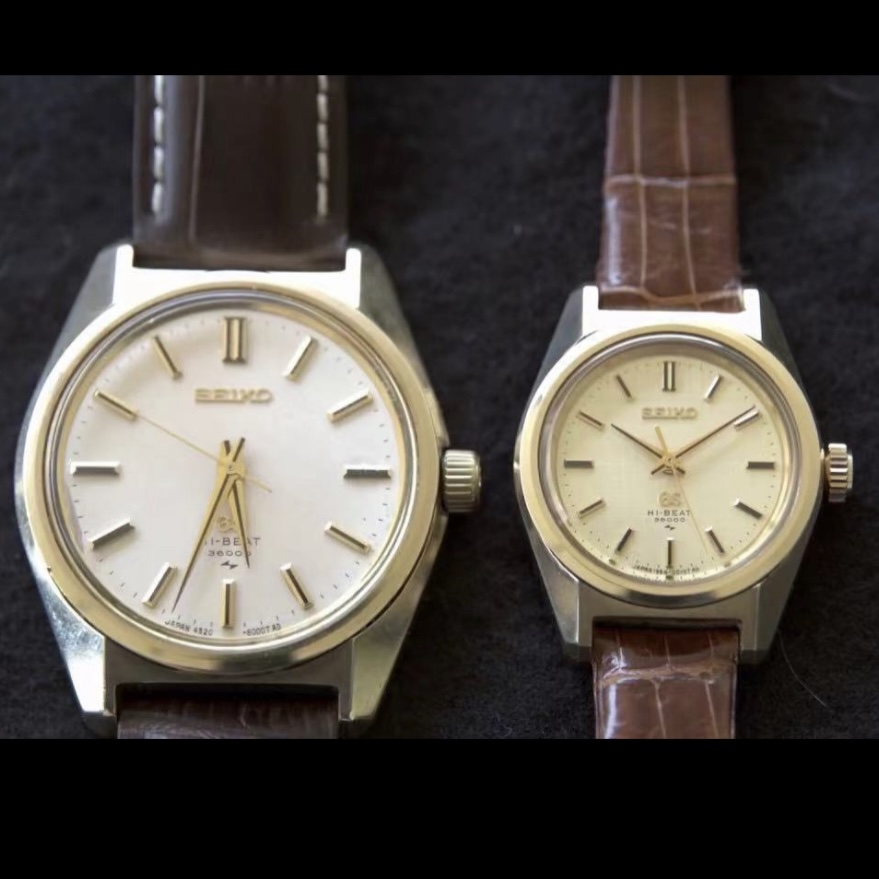
The Grand Seiko 19GS was the world’s first Hi-Beat movement for women’s watches, running at 36,000 bph. There were 6 models including a VFA variant caliber 1984A which was accurate to ±3 spd (less accurate compared to the men’s V.F.A. standard of ± 2 spd).
Photo : TheGrandSeikoGuy
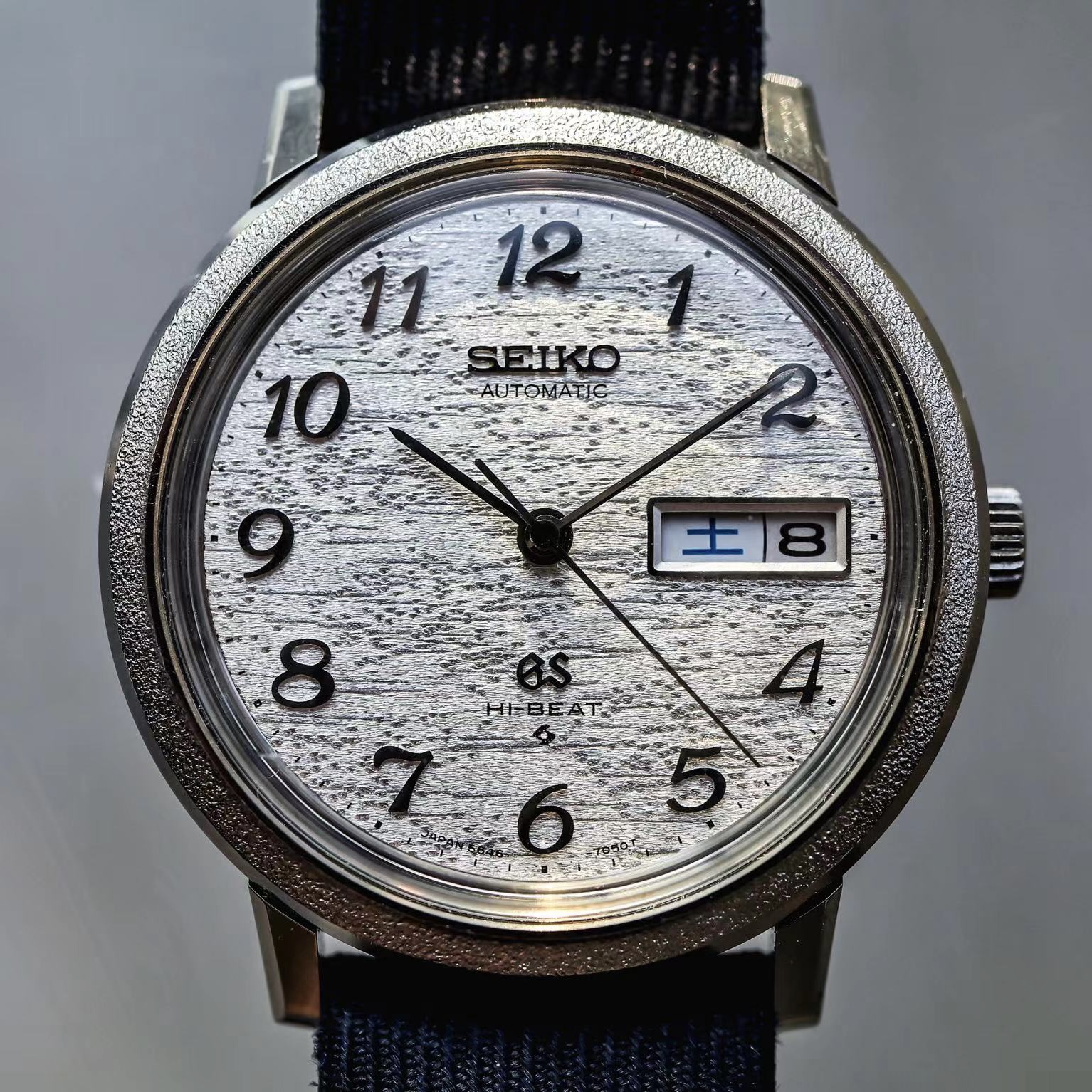
The 56GS, released in 1970, presented a smaller form factor via an automatic caliber measuring just 4.5mm in height. Despite the smaller size, and lower frequency of 4hz / 28,800bph vs the 5hz 36,000bph of the 61xx and 45xx, the watch retained the high precision of its predecessors, and was even believed to be more robust in terms of wear and shock protection.
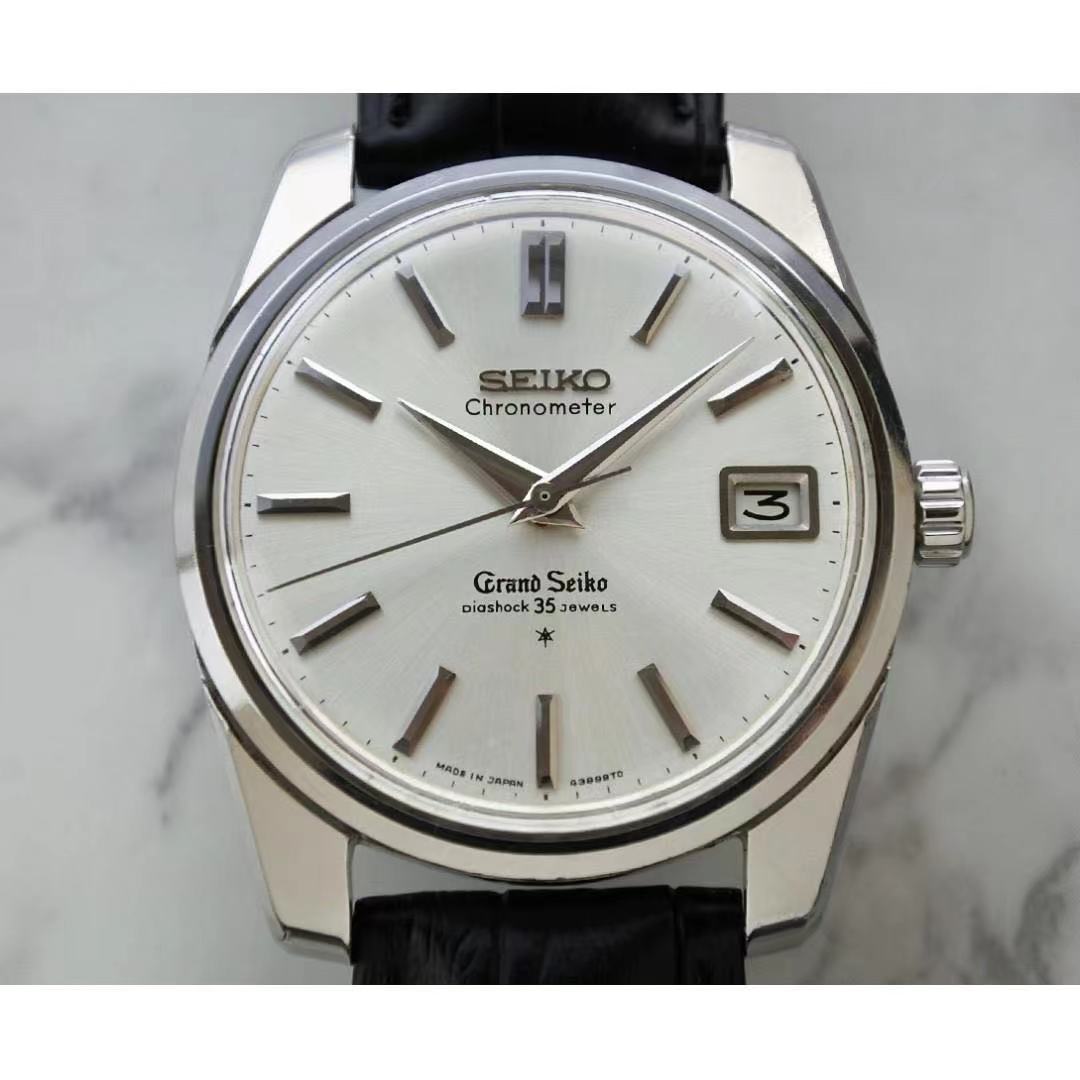
The 57GS was equipped with the caliber 5722A which had a quick-set date. The Self-Dater, as it was also know as. allowed the wearer to adjust the date without having to advance the hands. was also the first Grand Seiko timepiece to feature “Zaratsu” polishing.
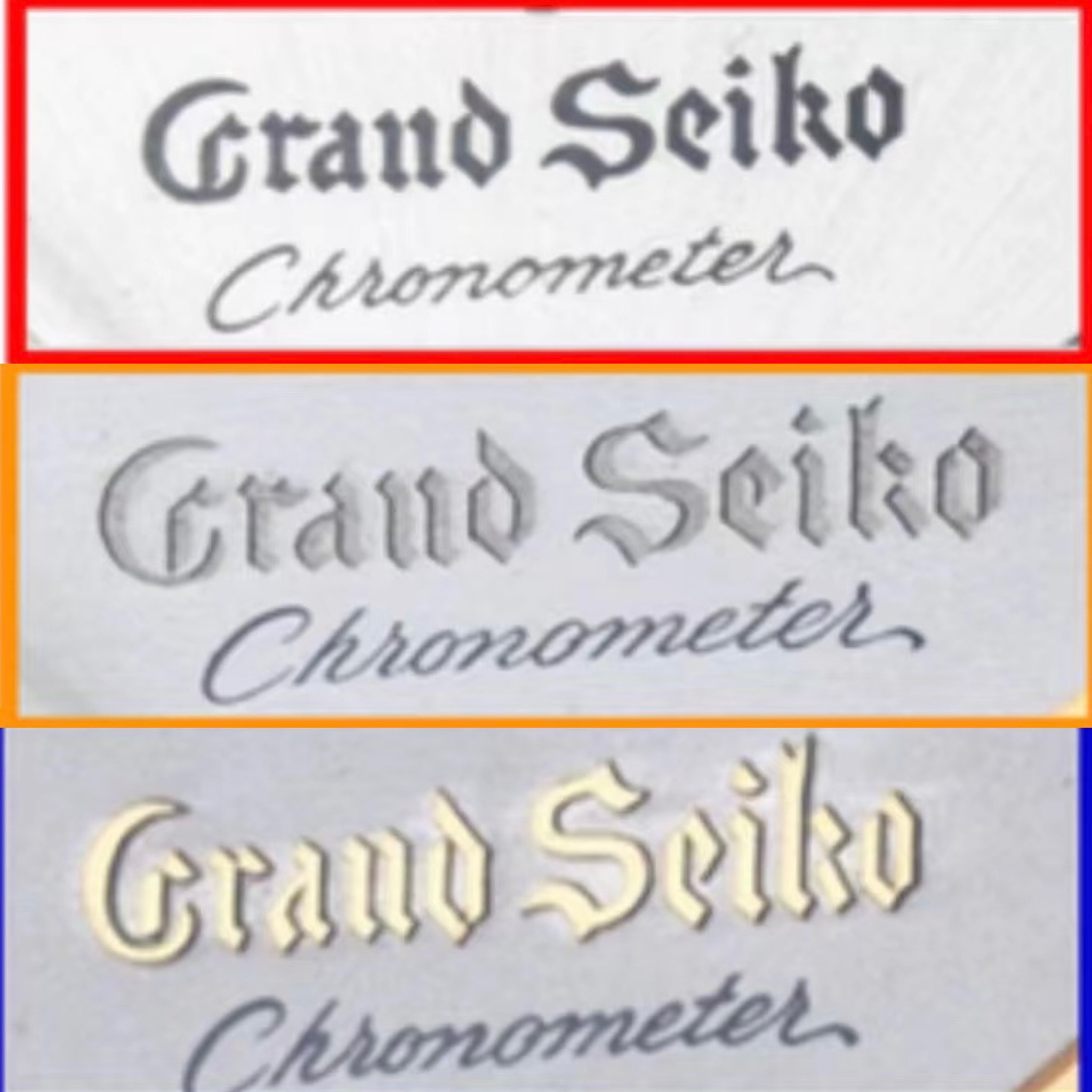
Printed logo dials were the first to be produced (1Q 1960), followed by the carved dials (2Q 1960), and then the raised dials (mid-1961). It is believe that there was overlapping production between the Printed Logo and Carved Logo dials between 2Q-3Q 1960.
Photo : TheGrandSeikoGuy
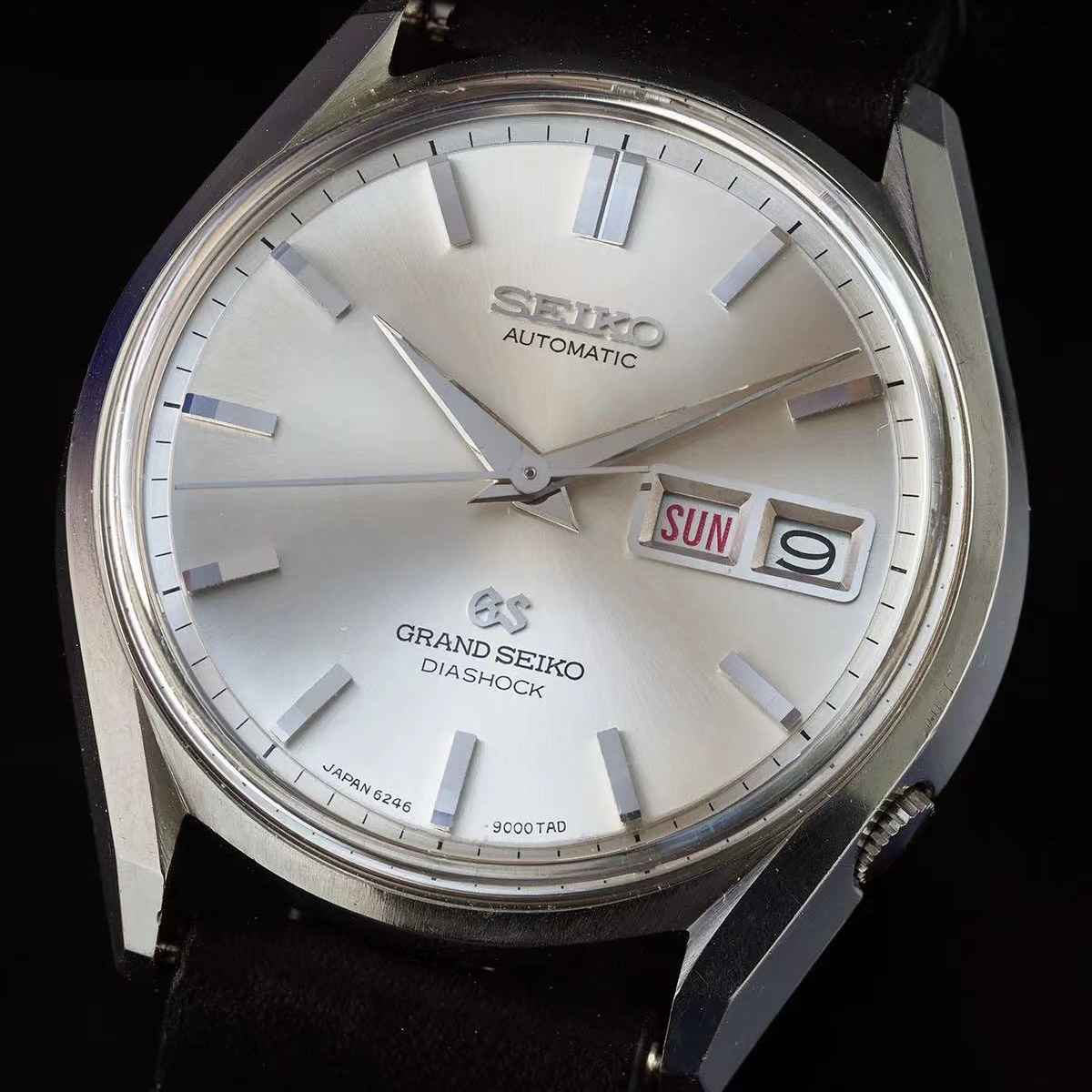
Besides being the first Grand Seiko to use an automatic movement, it has the distinction of being the only Grand Seiko to have its crown located in the 4 o’clock position. This was because it’s designers believe that with its automatic calibre in use, there was no need to have the crown located in the traditional 3 o’clock position, and believe a recessed 4 o’clock position provides for better symmetry as well as wearing comfort.
Photo : TheGrandSeikoGuy
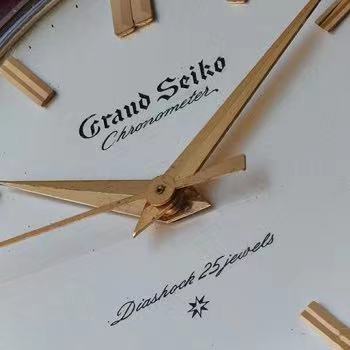
SD stands for Special Dial for Seiko watches that boast indexes made from solid 18K or 14K. There was also another variant of index enhancement called AD or Appliqué Dial where indexes are made from Gold or Rhodium plated on brass. These logos are still in use today, as seen in the Grand Seiko Kintaro Hattori 160th Anniversary Limited Edition SBGZ005 and Seiko 140th Anniversary Limited Edition SBGW260.
Photo : Plus9Time
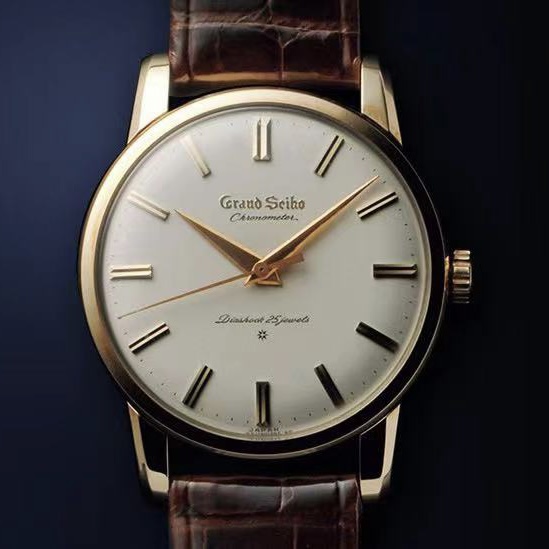
The first Grand Seiko was manufactured at the Suwa Seikosha factory. The Suwa factory made the Lord Marvel is 1958 and the Crown in 1959, and taking the knowledge from these two high-end calibre projects, created the chronometer grade 3180 which was used in the first Grand Seiko, released in 1960. The Suwa Seikosha company, now Seiko Epson, is based in the Nagano prefecture in central Japan
Photo : Grand Seiko
